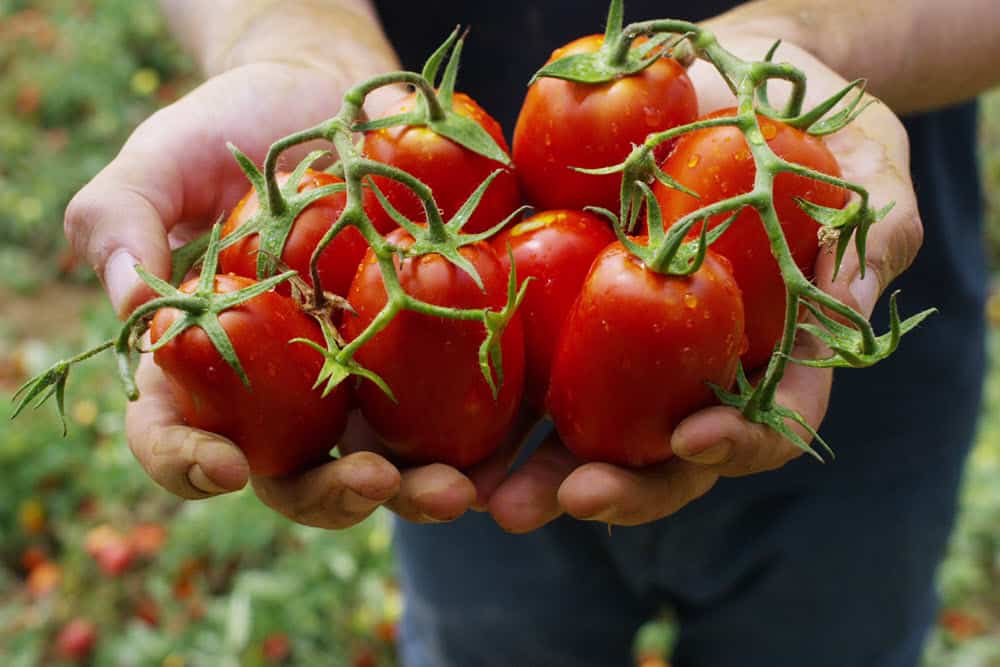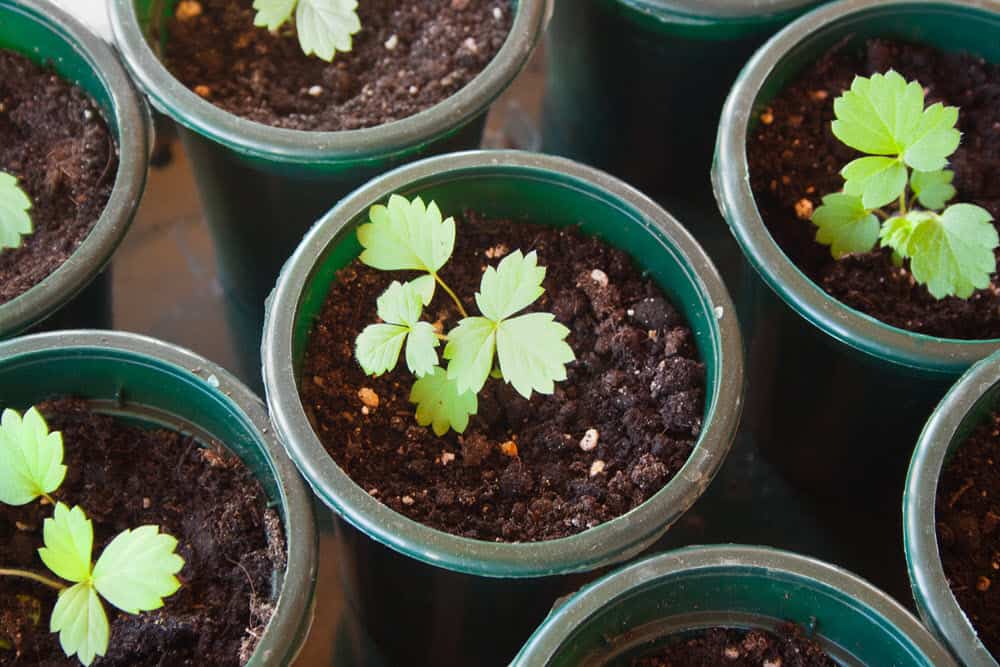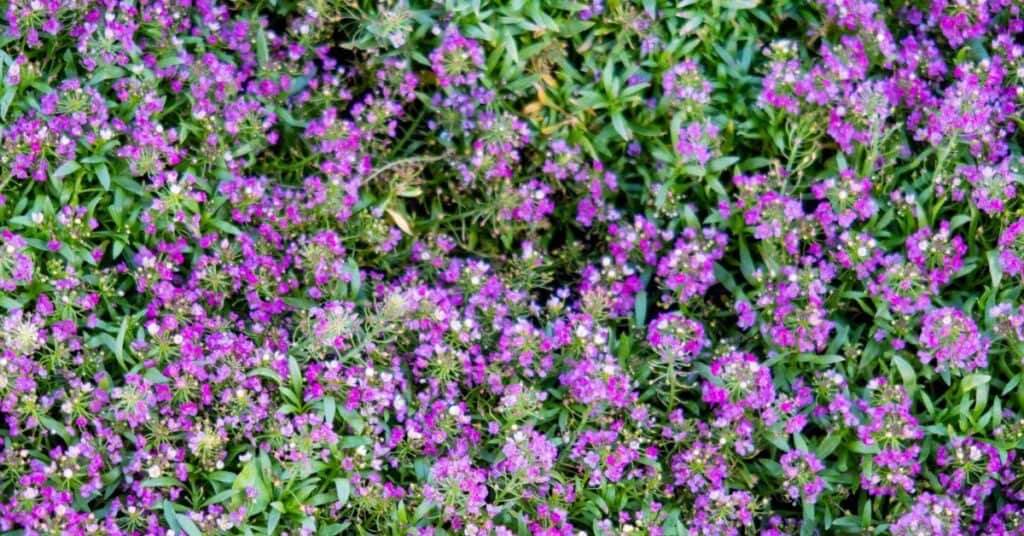Choosing the Right Plants for the Upcoming Year
As a gardener, the quiet of winter is your cue to begin planning for the growing season. You’ll find that seed catalogs offer a treasure trove of plant options, but it’s easy to get swept away by the myriad of choices. To maximize their usefulness and keep your garden dreams in check, let’s consider a few crucial points before you dive into those pages.
First Off, What is a Seed Catalog?
A seed catalog is a publication that gardeners and growers use to purchase seeds for planting. These catalogs typically provide extensive information on a wide variety of seeds, including vegetables, herbs, flowers, cover crops, and fruit.
They often include details such as the plant’s common and scientific names, planting instructions, growth habits, preferred growing conditions, and the USDA Plant Hardiness Zone where the plant is best suited to grow. In short, they give you a good idea of the kinds of plants that would be good for the Denver Metro area.

Tomatoes (even roma tomatoes) are popular to grow in Denver’s climate
Local Nurseries: Another Option for Plants
Remember, local nurseries may offer the same varieties as seed catalogs without the burden of shipping costs – and of course some local nurseries will have plants that have already germinated and are ready for planting.
Seed Catalog Terminology
- Hybrid Seeds – Hybrid seeds are produced by cross-pollinating plants of two different varieties with the intention of creating a new plant (hybrid) that contains the best traits of each of the parent varieties. Hybrids often produce higher yields compared to their parent varieties and may be bred to be more resistant to certain diseases. They may also be bred to grow faster, be more resistant to the elements (like drought, heat and poor soil). They may also be designed to reach maturity faster than parent varieties. Note that hybrids are just that – hybrids – they are not genetically modified (GMO).
- Heirloom: These are open-pollinated varieties that have been passed down for generations, typically at least 50 years. They are known for their unique flavors, colors, and history.
- Organic: Seeds labeled as organic are harvested from plants grown without synthetic fertilizers, pesticides, or genetically modified organisms, and they are certified by an appropriate authority.
- Non-GMO: These seeds come from plants that have not been genetically modified using biotechnology.
- Germination Rate: This term refers to the percentage of seeds expected to successfully sprout under proper growing conditions.
- Days to Maturity: This indicates the average time it takes for a plant to go from seed (or transplant) to harvest. This is obviously a key consideration as the Denver growing season is shorter than most areas of the country – even most areas at a similar latitude.
- Determinate/Indeterminate (Tomatoes): Determinate tomato plants grow to a certain size and then produce all their fruit in a short period. Indeterminate varieties continue to grow and produce fruit throughout the growing season until killed by frost.
- Pelleted Seeds: These are seeds coated with an inert material to make them larger and more uniform, which facilitates easier planting, especially for small seeds.
- PVP (Plant Variety Protection): This is a form of patent for new and distinct plant varieties, giving breeders exclusive control over the propagation of the variety for a period of time.
- Zone: This refers to the USDA Plant Hardiness Zone, which is a standard by which gardeners can determine (we covered the Denver Metro hardiness zone below)
Planning Your Denver Garden
1) Assess Your Space and Map Out Your Garden
- Measure your gardening space to know exactly how much room you have for your plants, planter boxes, and drip irrigation.
- Create a drawing of your ideal garden layout to better visualize what plants will go where. Using graph paper and a pencil should work just fine. If you’re a bit more technologically oriented, a spreadsheet application can work. If you really want to expedite the process, you can choose from a number of garden planning apps in order to properly place items in your garden.
2) Define Your Garden Goals
- What to Grow – Are you looking to grow vegetables, herbs, flowers, or a combination?
- What do You Like to Eat – What are your family’s eating habits – are you looking to supplement meals with fresh veggies?
- Available Time and Gardening Experience – New gardeners or those short on time may wish to focus on plants that are easy to grow that require relatively little TLC.
3) Climate is Key
- Plant Hardiness Zone – Denver metro is mostly contained within USDA hardiness zone 6a – although as you travel towards the foothills in Jefferson County, the Palmer Divide in Douglas County, and up north towards Fort Collins, the minimum wintertime temperatures get cooler and the zone transitions to 5b. You need to pick the right plants for your particular hardiness zone.
- Sunlight – Consider how much sunlight your area gets, counting the direct sun exposure in hours.
- Short Growing Seasons – Acknowledge the length of your growing season (which varies in different parts of the state) to ensure plants have time to mature. Generally, the higher you are in elevation, the shorter your growing season – although this isn’t universally true. As you can see in the preceding link, DIllon, CO is over 1,000 feet higher than Fraser, CO, yet it has a longer growing season due to how the topography handles cold air masses.

Knowing your USDA Hardiness Zone is essential when choosing when and what type of plants you should choose for your garden and your property. This May, 2017 Front Range snowstorm is not uncommon in the spring – and it was tough on trees with new leaves as well as gardens.
4) Plant Selection and Planning:
- Your Favorites – List your preferences like color, height, flavor, and specific needs such as organic seeds or pollinator-friendly choices.
- Rotating Planting Areas – Consider rotating crops from the previous year if possible to prevent soil depletion and disease.
- Companion Planting – Some plants just work well together in a garden. As an example, tomatoes benefit from being planted near basil. Basil is said to improve the flavor and growth of tomato plants, and it can also repel pests like mosquitoes and flies. Marigolds are often planted around the border of a garden or near tomato plants. They have a strong scent that can deter pests, including nematodes in the soil that may harm tomato roots. The bright flowers of marigolds can also attract beneficial insects that prey on pests.
5) Soil Preparation
- Garden Cleanup and Testing – Clear the garden area of weeds and debris. Test the soil to determine its pH and nutrient levels, and amend it with compost, manure, or other organic matter to improve fertility and drainage.
- Amending Soil With Organic Matter – Clay soil is extremely common in Denver metro, and it makes it difficult for plant roots to take hold and get the water they need. Sandy soil is another common problem along the front range. It drains too quickly – letting water and nutrients escape before it they can be absorbed by your plants. Adding organic matter is one of the best ways to improve clay or sandy soil. Compost, well-rotted manure, leaf mold, or peat moss will help to break up the clay, making it lighter and more fertile.
- Raised Planter Beds – in the event that revitalization of the soil becomes too daunting, raised flower beds filled with nutrient rich soil can be a solution.
6) Get Your Plants or Seeds
If you haven’t already, be sure to order those seeds – or get seedlings from the local nursery. Obviously be cognizant of your growing season as well as the first and last frost dates.
7) Start Your Growing Season Indoors
The late winter snows along Colorado’s front range are common in early May and can do a lot of damage to a fledgling garden. If necessary, start seeds indoors according to the seed packet instructions, usually 6-8 weeks before the last expected frost date. Use a good seed starting mix and keep the seeds moist and warm to encourage germination.

Starting Your Seedlings Indoors Gives Your Plants a Head Start on the Growing Season and Allows Them to Avoid Late Winter Storms
8) Seedling Transition
Gradually acclimate indoor-started seedlings to outdoor conditions over 7-10 days before transplanting them into the garden to prevent shock.
9) Pest and Disease Prevention
Plan for pest control and disease prevention strategies – of which the following can help:
- Row Covers – Row covers are materials used to protect plants from a variety of external factors, including cold temperatures, wind, insects, and even some animals. they’re typically made from lightweight, breathable fabrics such as spunbonded polypropylene or polyester.
- Beneficial Insects – There are some beneficial insects like parasitic wasps which actually lay their eggs in garden pests which can prevent them from overrunning your garden.
- Companion Planting – covered earlier, some plants have a symbiotic relationship with each other which can sometimes prevent pest or disease infestation
10) Set Up Your Garden Infrastructure
- Irrigation – Get your drip irrigation installed in your garden
- Fencing / Barriers – Erect fences or barriers to keep those pesky front range rabbits out of your garden
- Hail Barriers – If your garden hasn’t been destroyed by the frequent hail during a spring storm on Colorado’s front range, consider yourself lucky. Denver, Adams and Arapahoe counties experience more severe hail than just about every other region of the United States. Hail cloth can be used to help protect your garden from getting shredded by those devastating spring storms.
11) Plant and Maintain Your Garden
Finally! After the chances for frost have passed in the spring, it is time to plant those seeds (or seedlings) in your garden. Apply mulch to conserve moisture, regulate soil temperature, and reduce weed growth. Water the plants as needed, focusing on deep, infrequent waterings to encourage strong root development.
12) Record What Worked – and What Didn’t
Take notes on what you plant, when you plant it, and how it grows. This information will be invaluable for planning future gardens.
